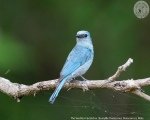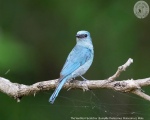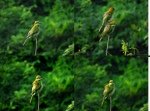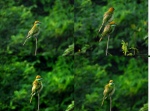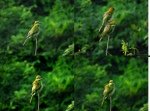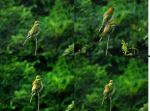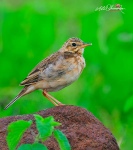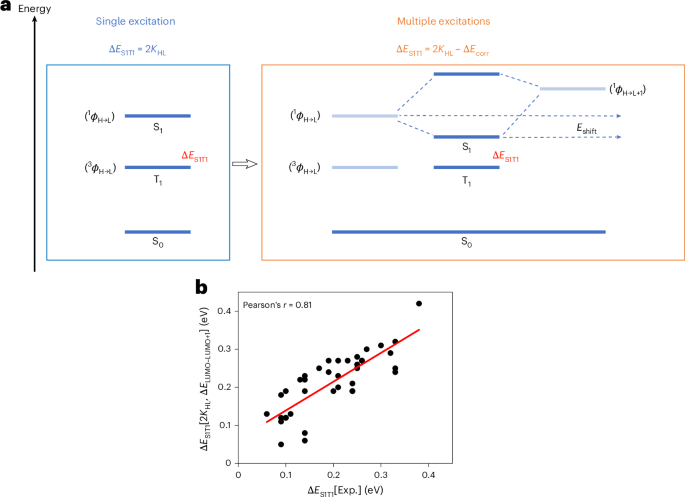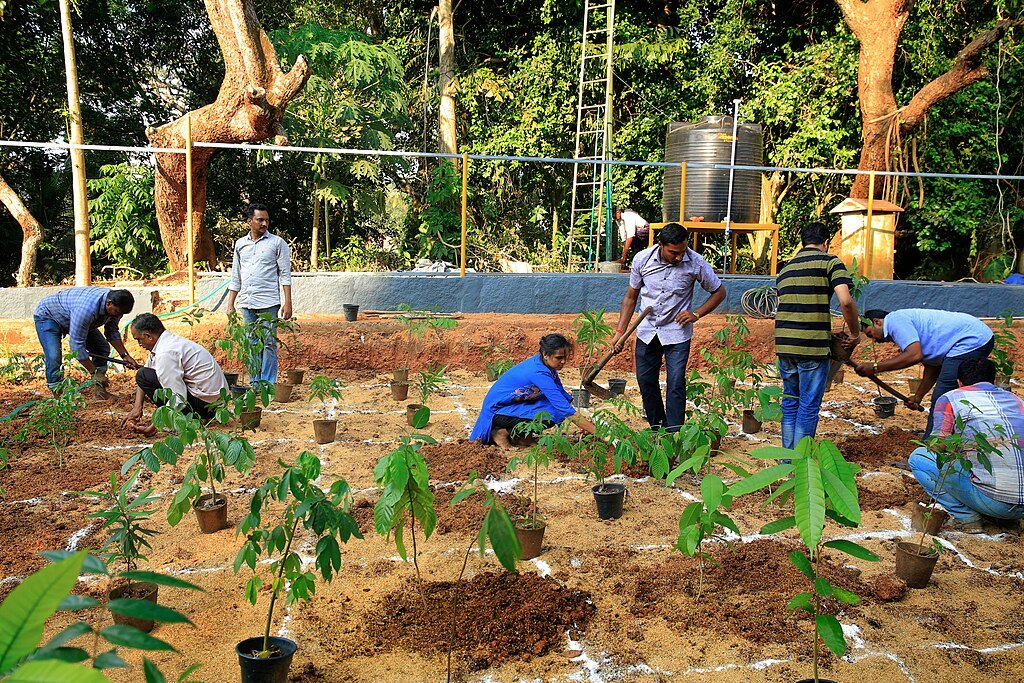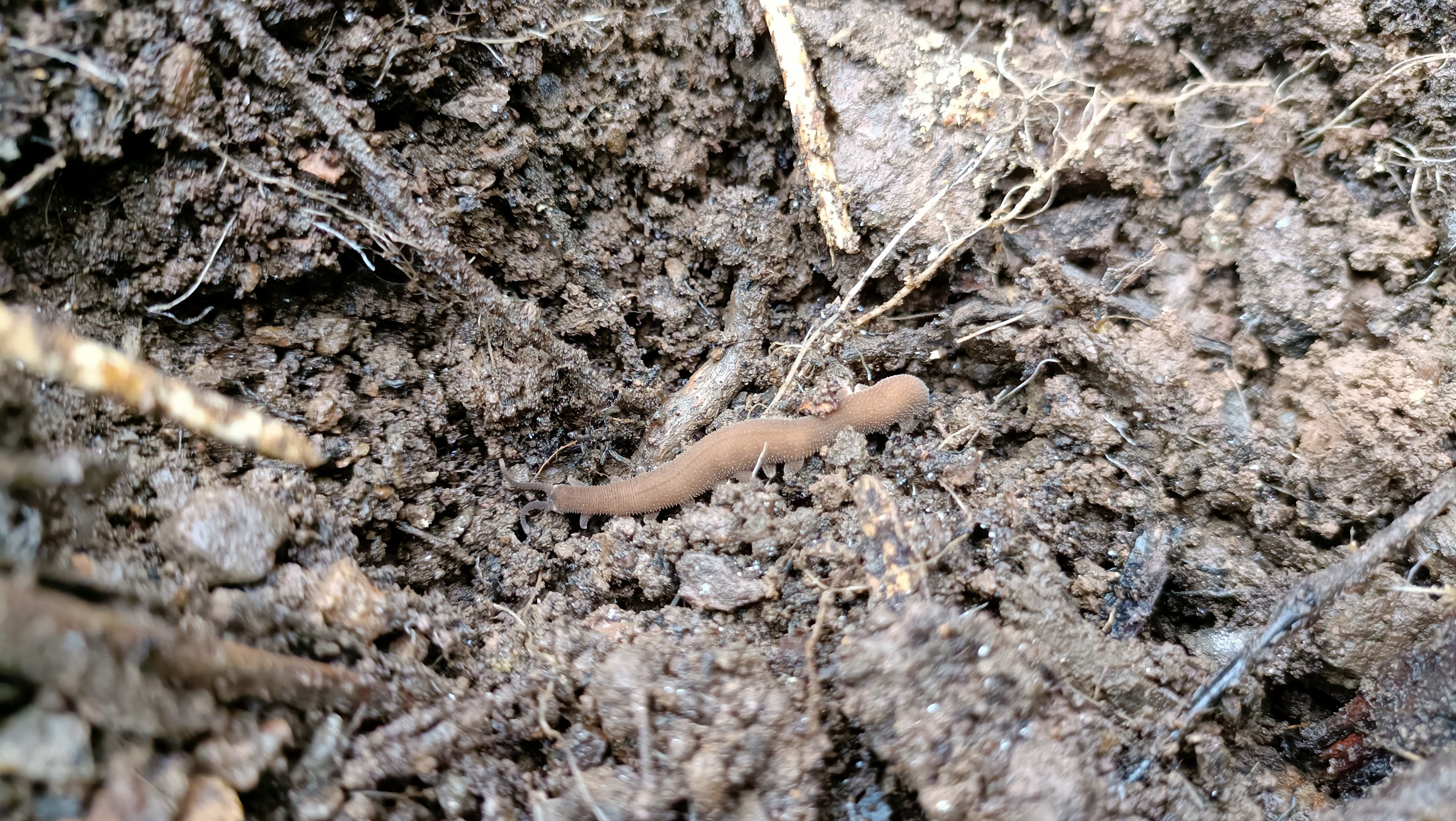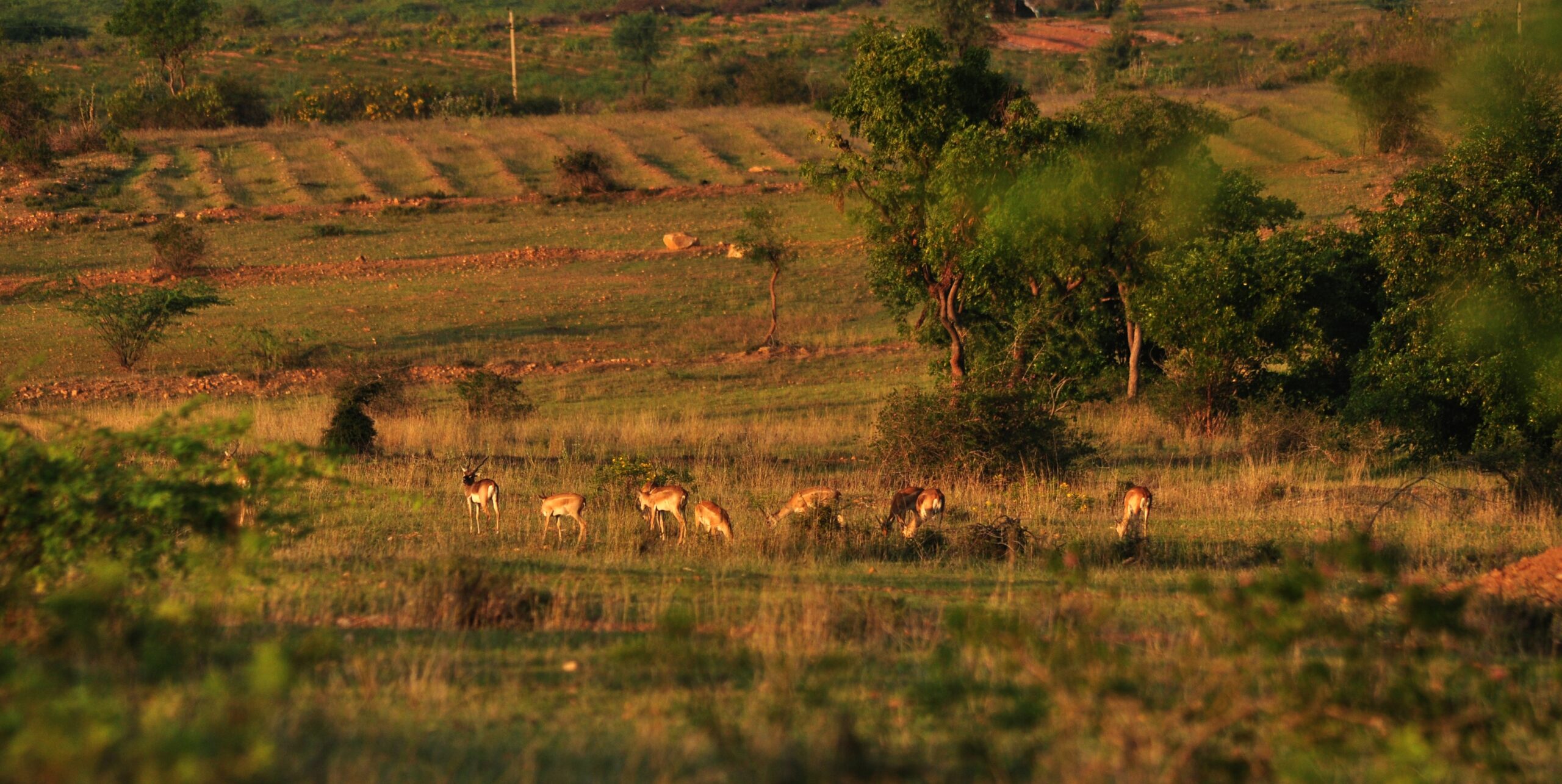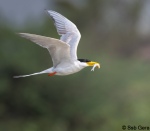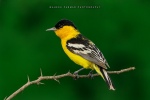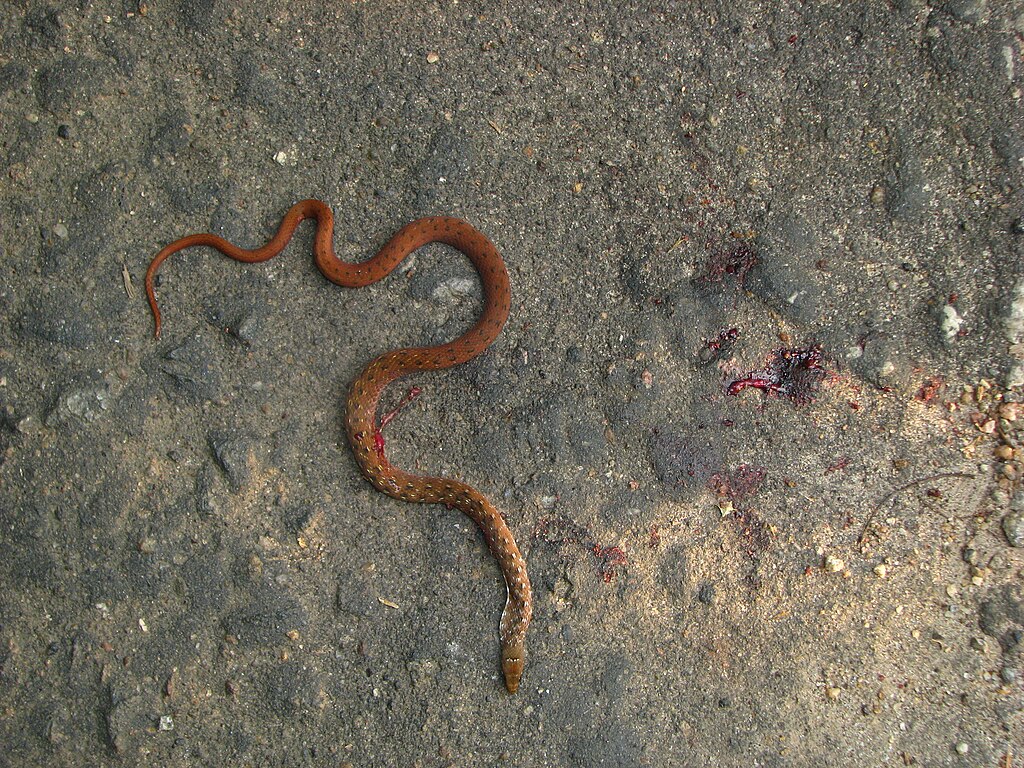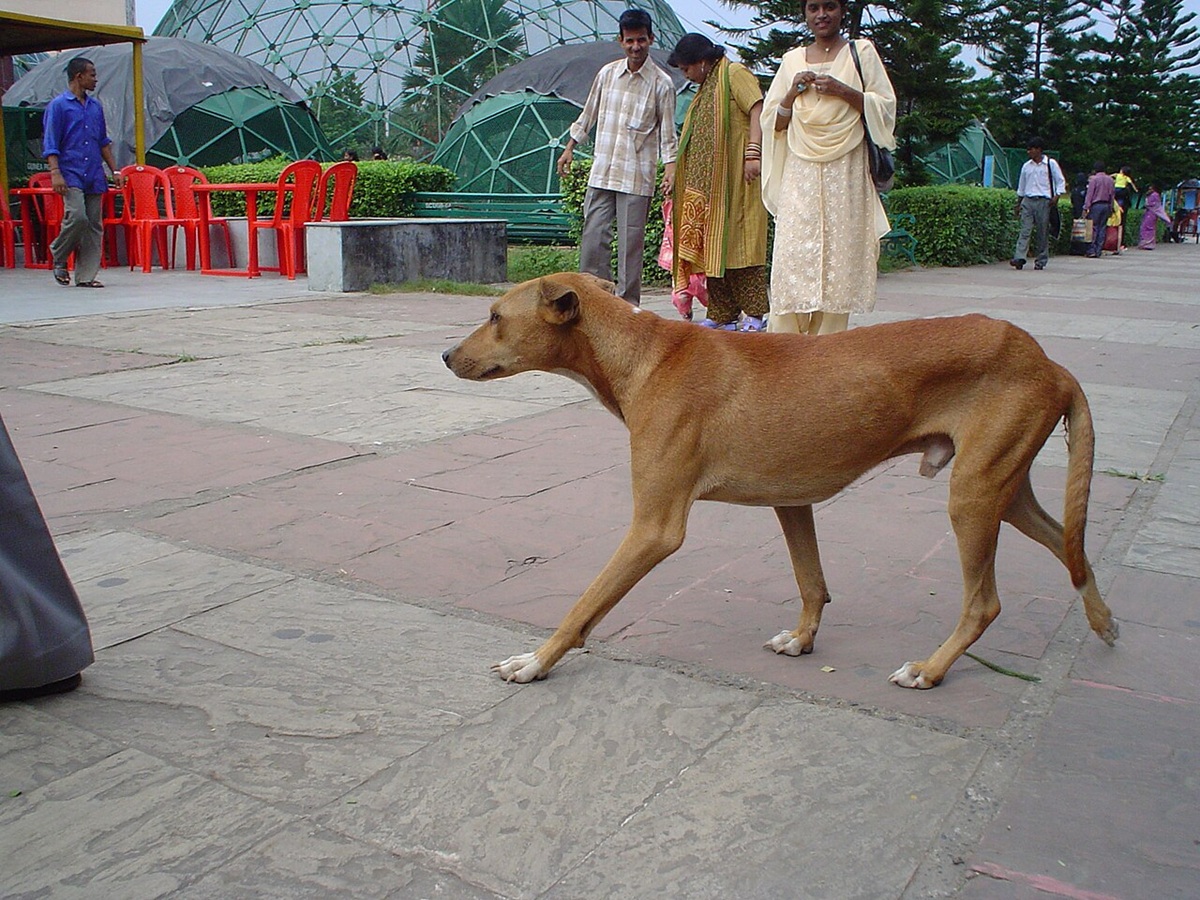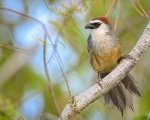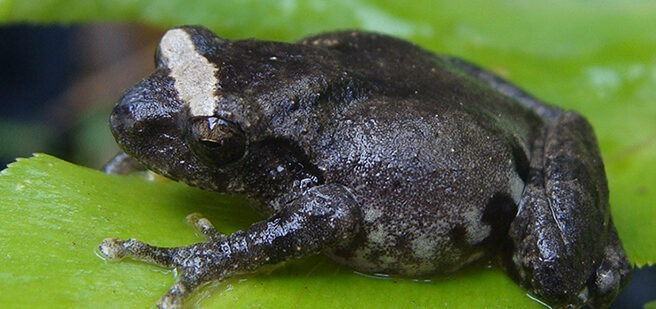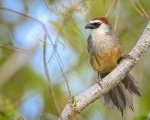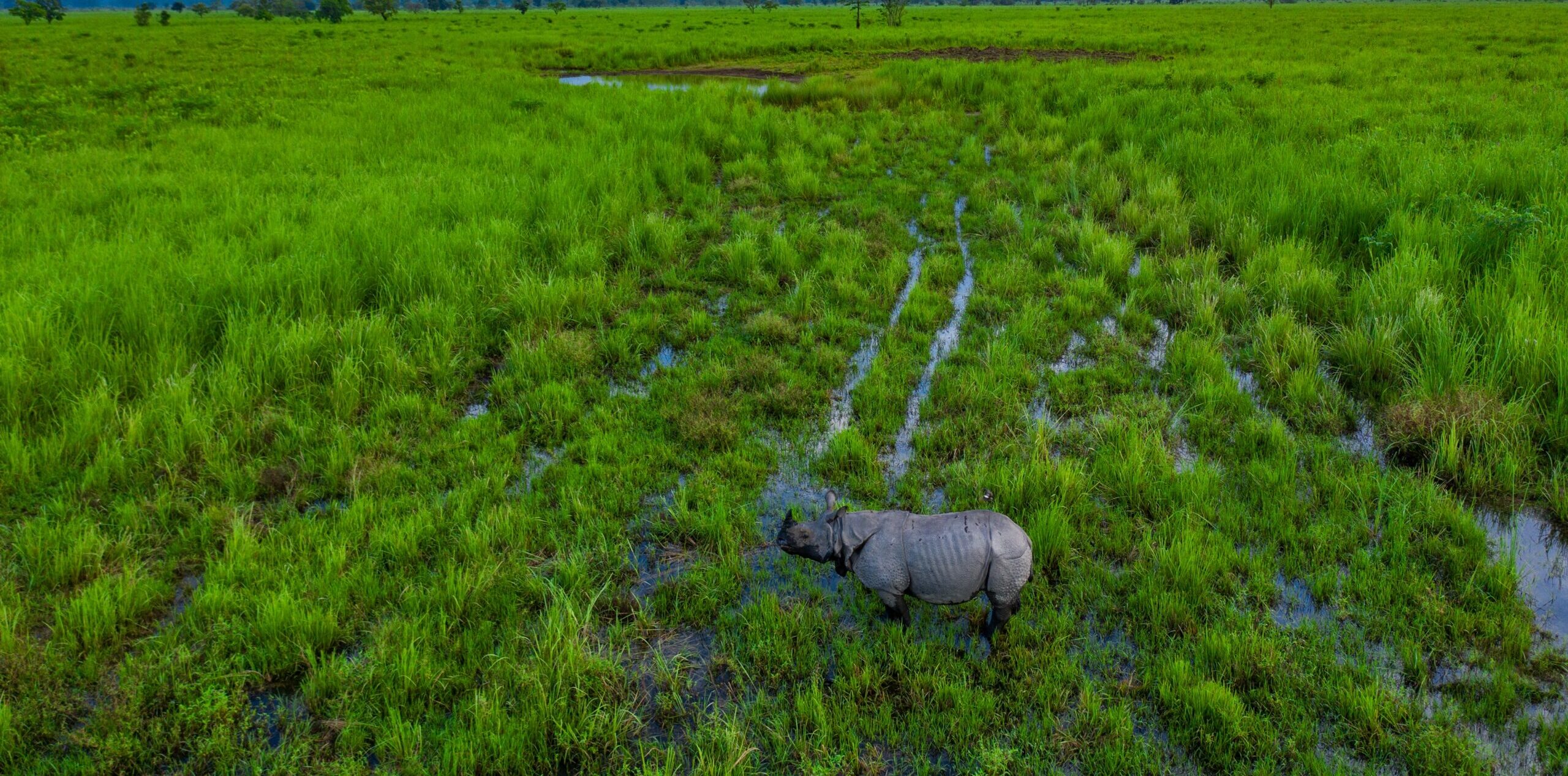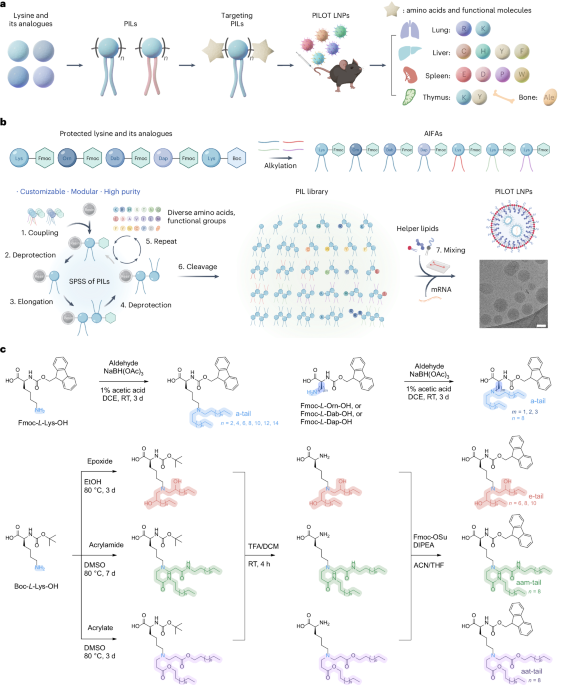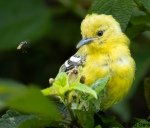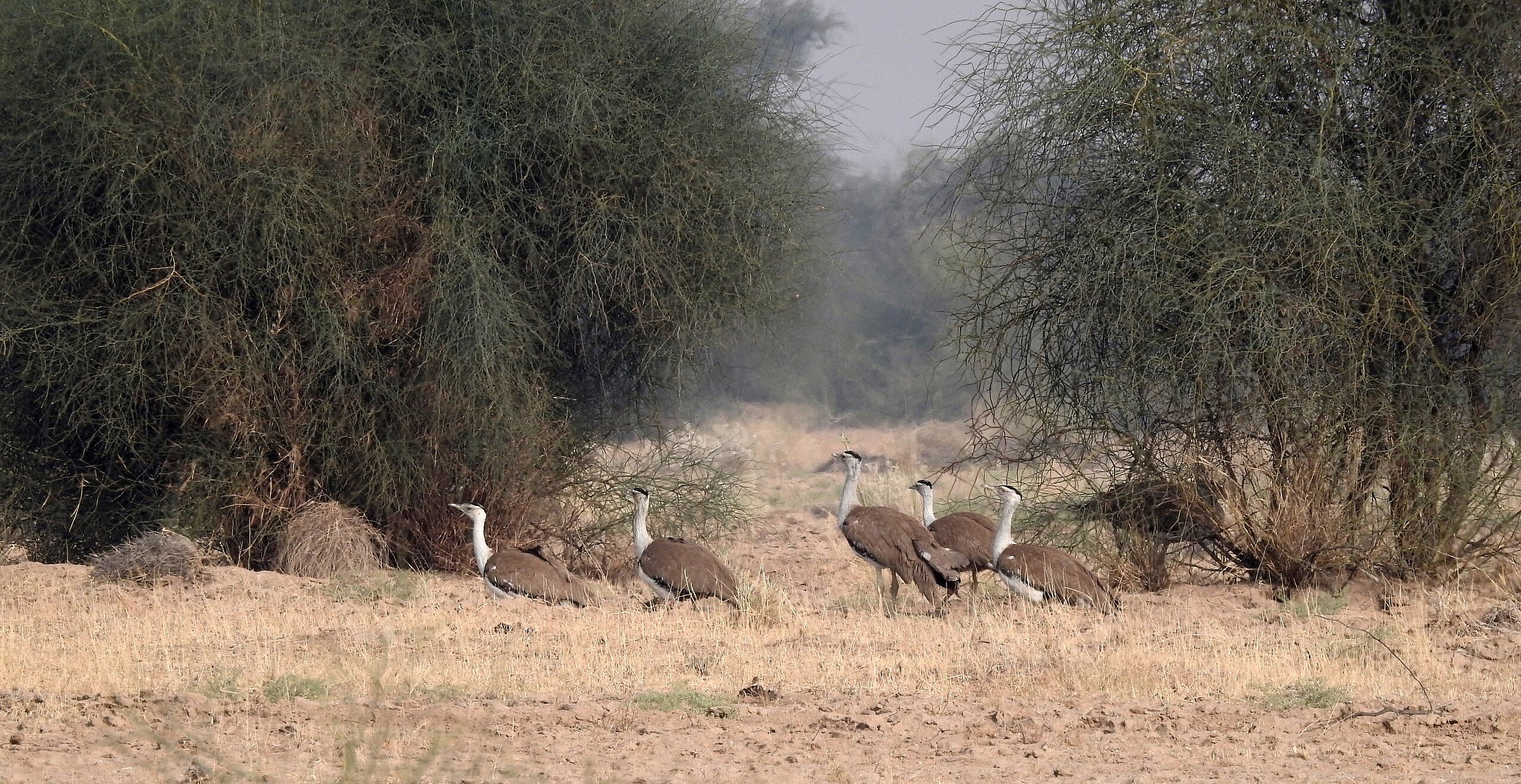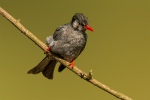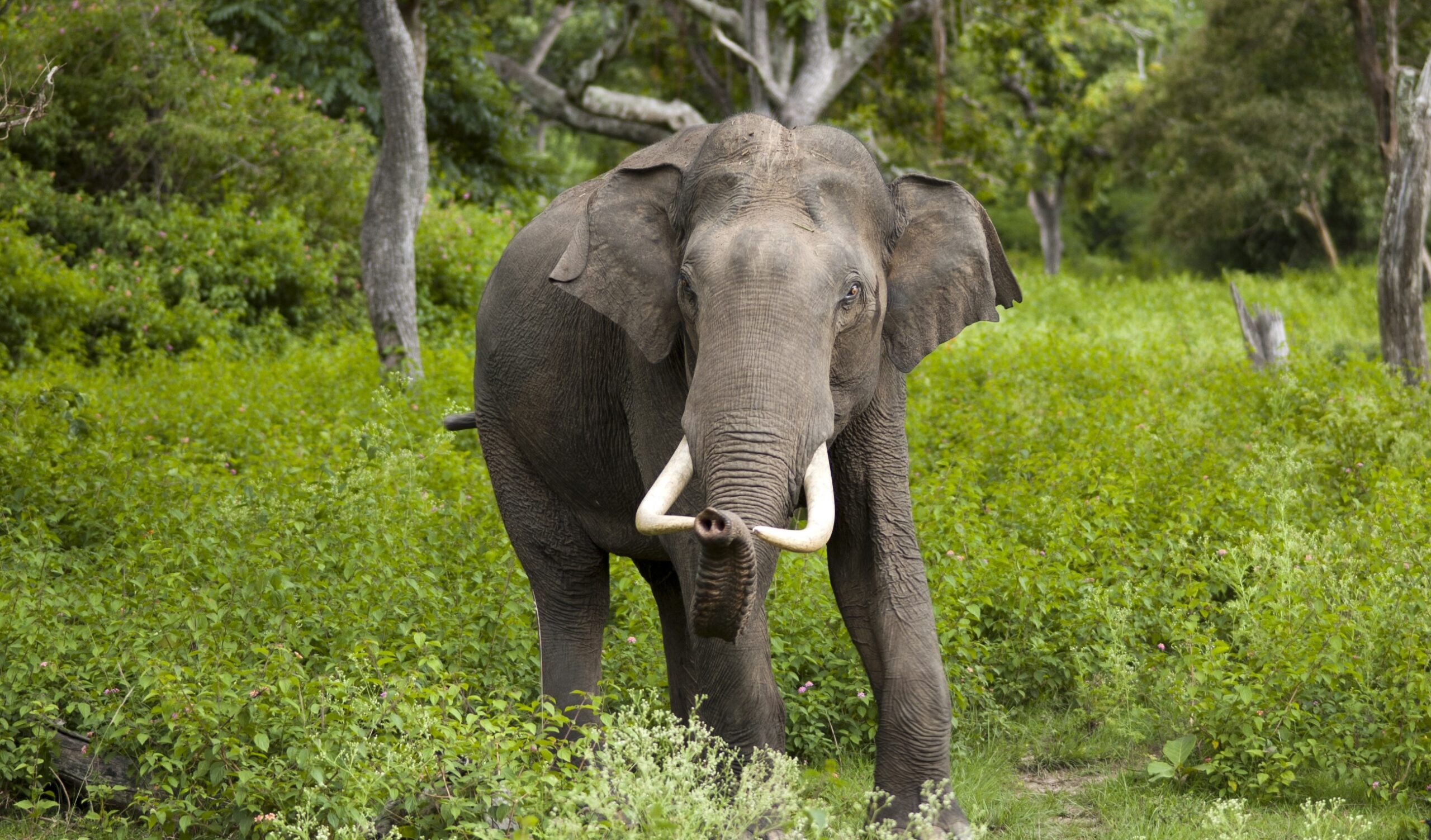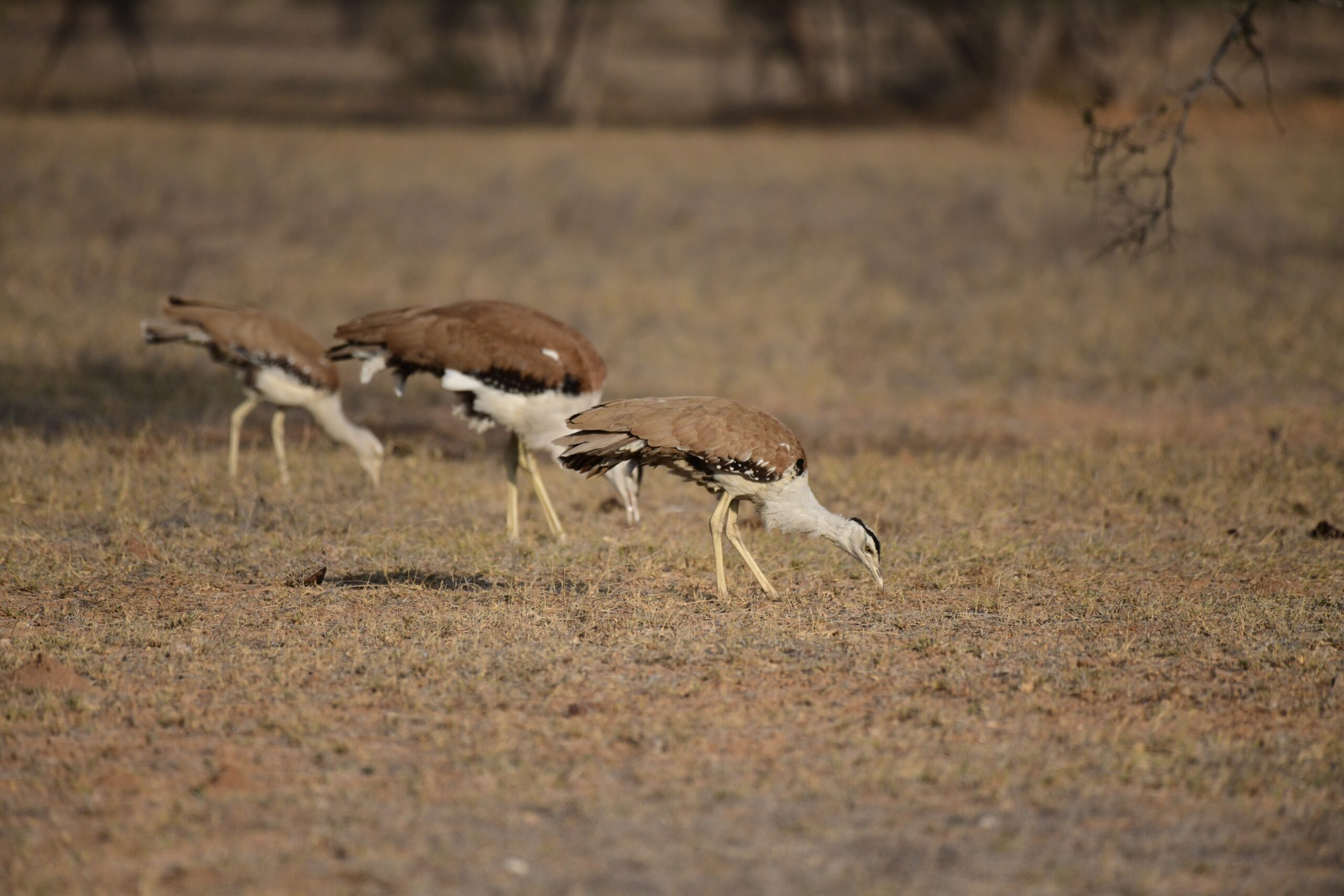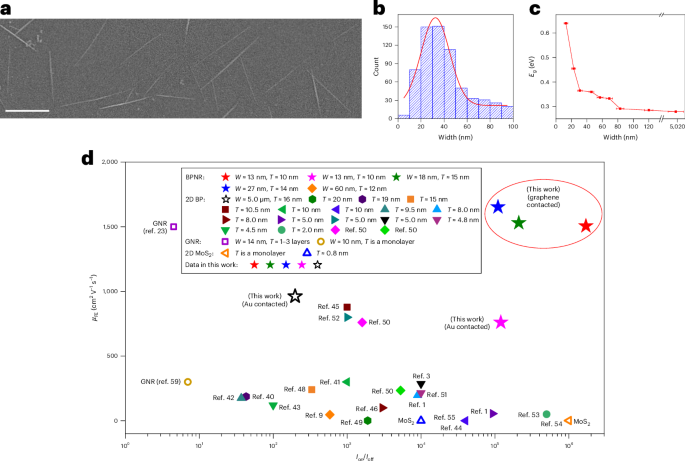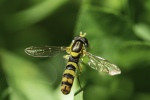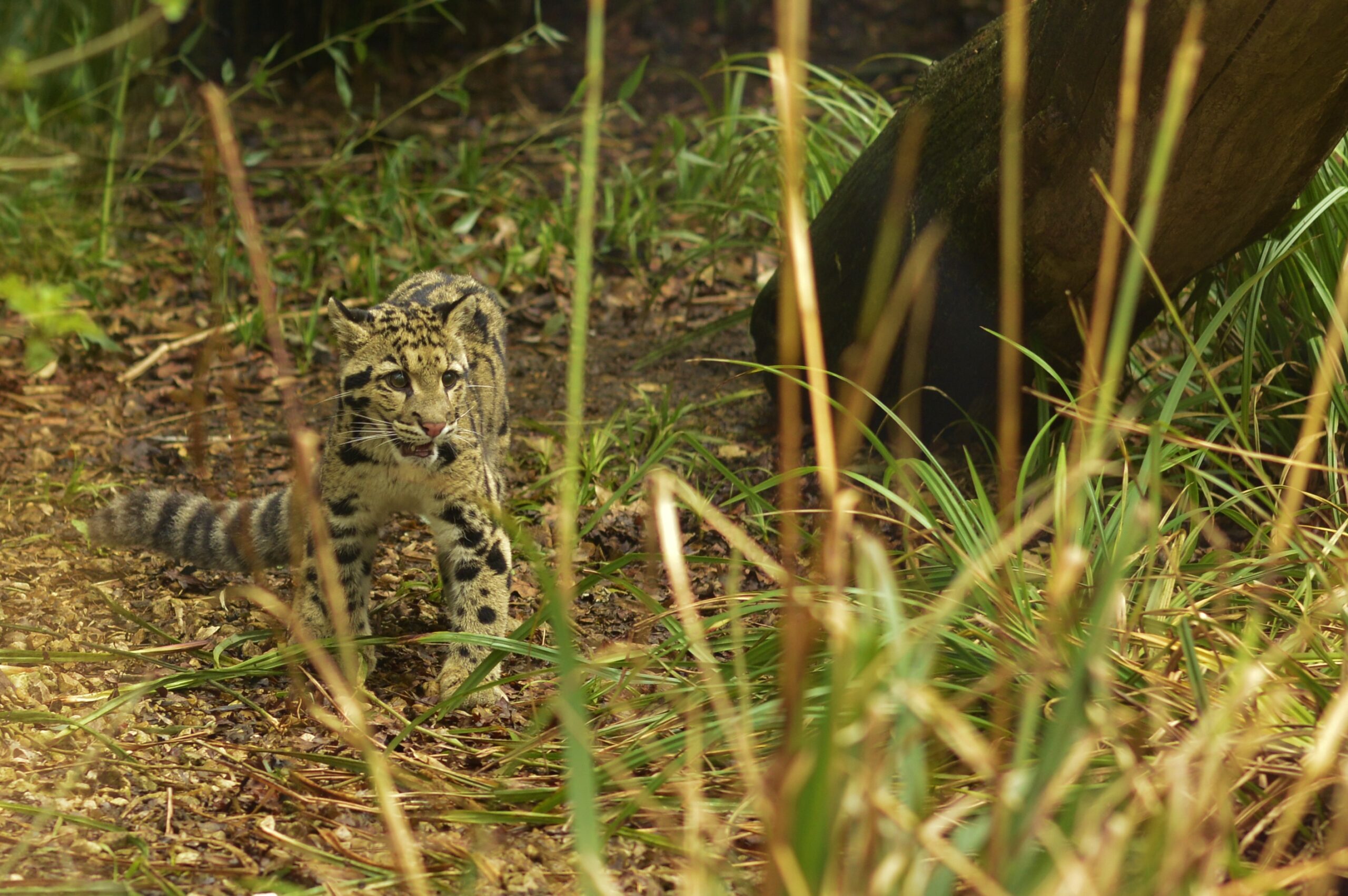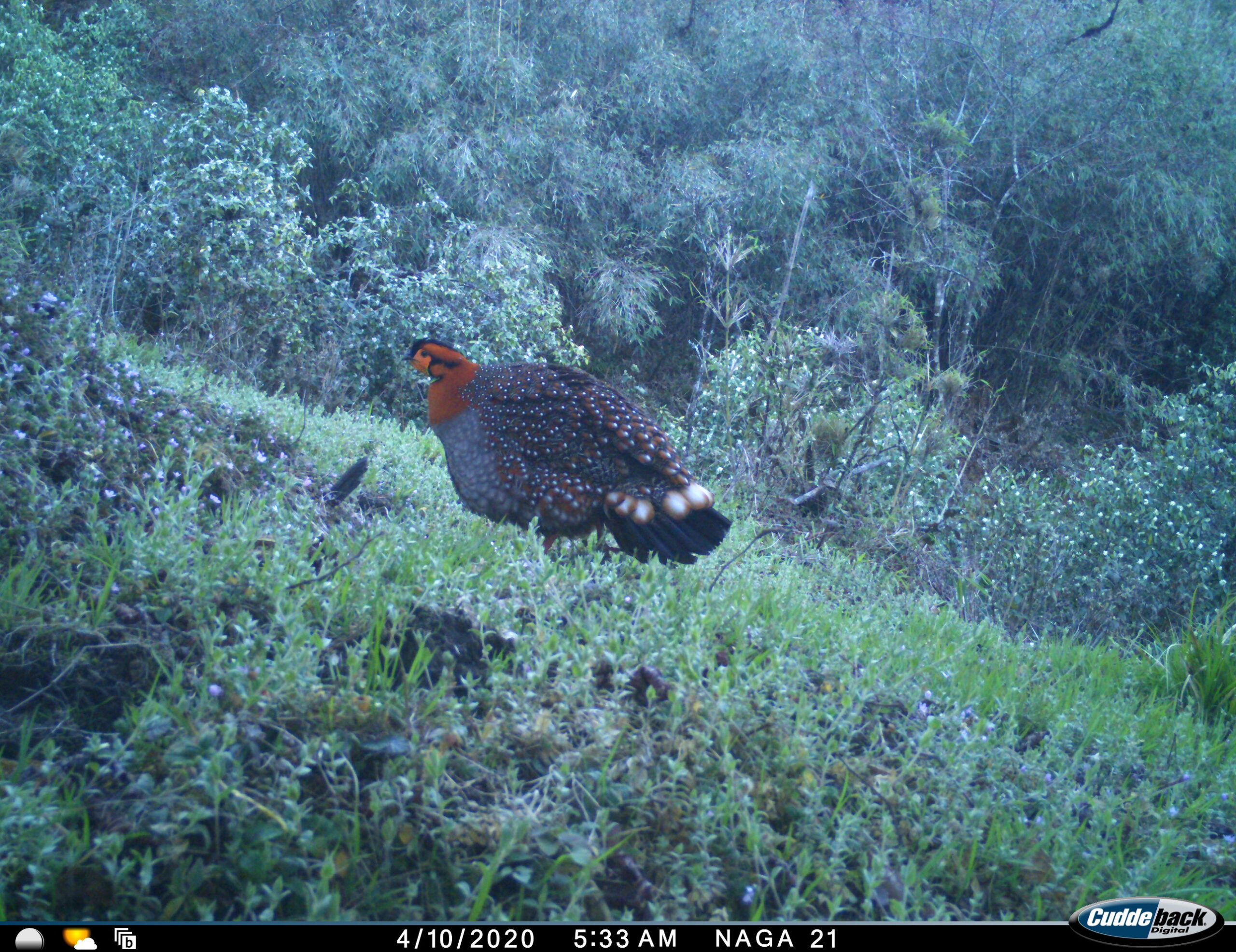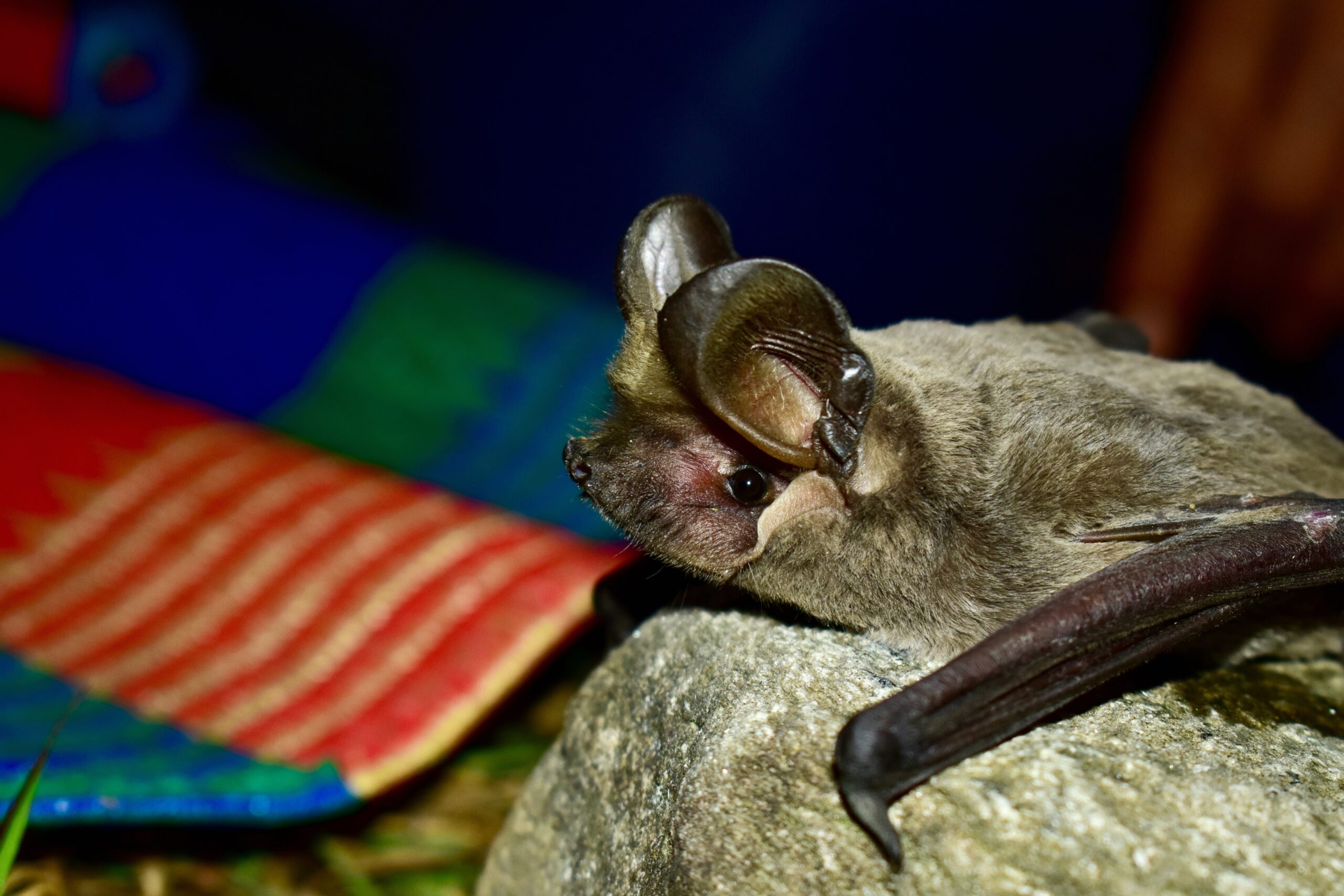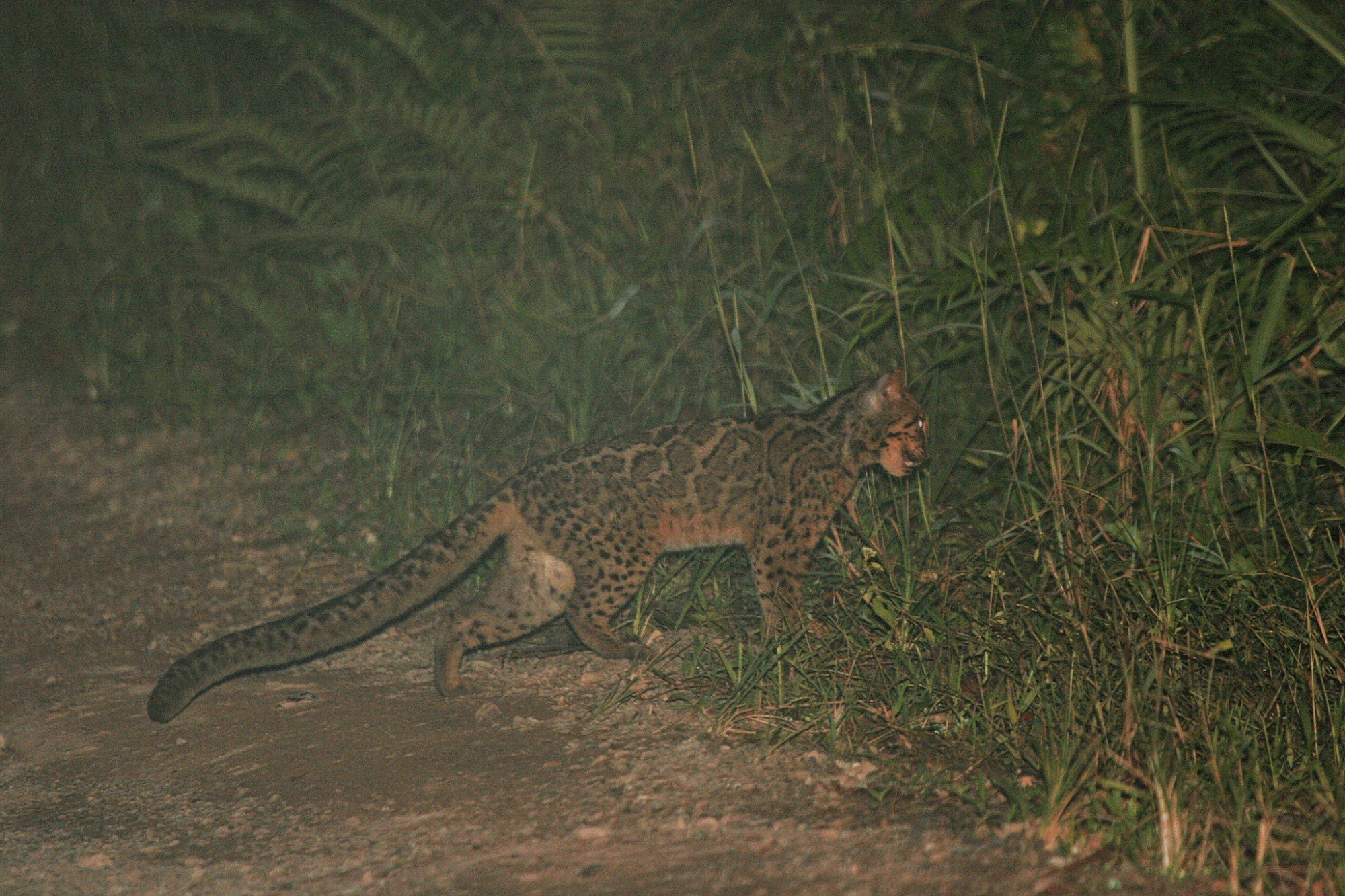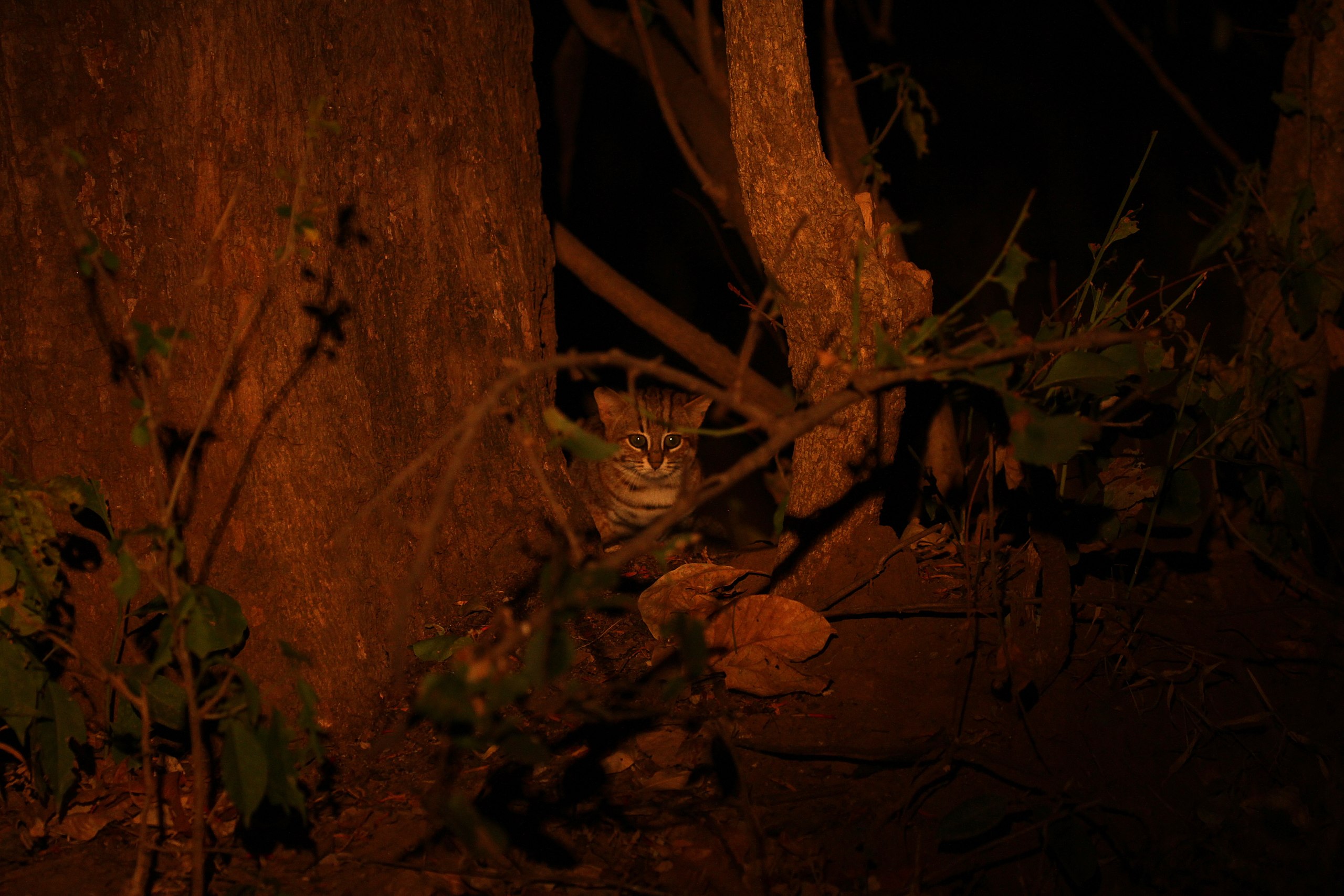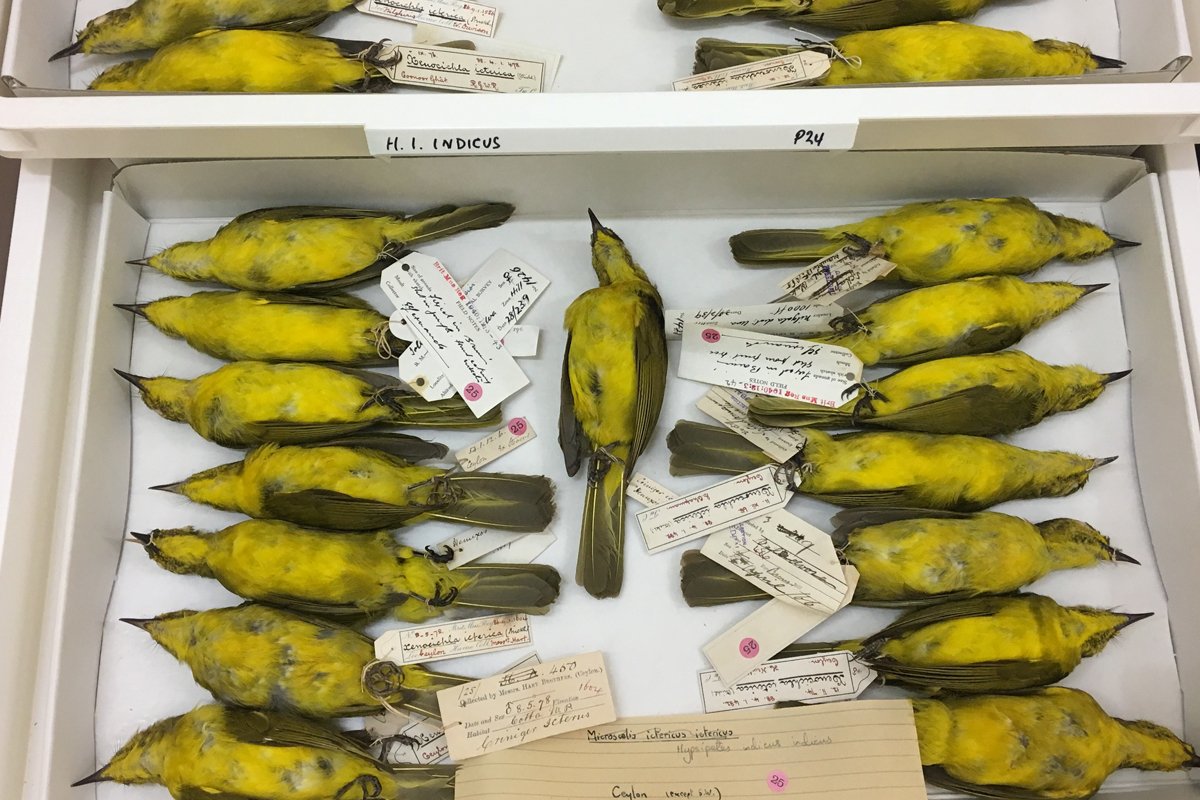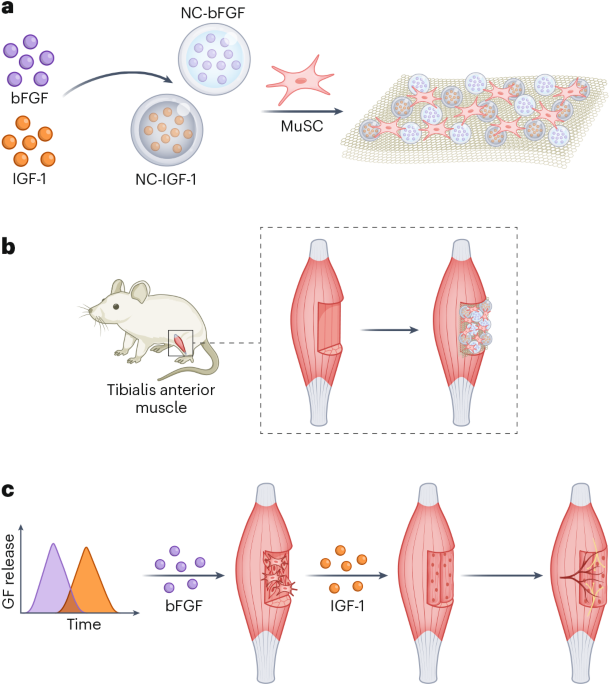
- The 38th International Ethological Congress, Behaviour 2025, is being held at the end of August in Kolkata.
- Over the past 25 years, from the 26th Congress, also held in India, to the current Congress, there has been an increase in the number of authors, talks, symposia, institutions involved, phenomena investigated, and animal species studied, indicating that ethology has flourished.
- However, the geographical spread of authors and institutions where ethology is pursued is still woefully inadequate, writes the author of this commentary.
- The views in this commentary are that of the author.
The International Council of Ethologists (ICE) was born soon after the second World War when several prominent ethologists of the day, from both sides of the conflict, including Niko Tinbergen, Gerard Baerends (Netherlands), Konrad Lorenz (Austria), William Thorpe, J.Z. Young (UK), Erich von Holst, Otto Koehler (Germany), Paul Weiss, and Karl Lashley (USA), met in Cambridge, UK. The ICE has since been nurturing the growth of ethology worldwide primarily by organising the International Ethological Congresses (IEC) about once every two years. The first IEC was held in Buldern, West Germany in 1952. This year the 38th IEC, christened ‘Behaviour 2025’ is being held in Kolkata from August 25 to 30. This is a good opportunity to take stock of the state of ethology in India.
The state of ethology in India
Ethology is defined, in the Merriam-Webster Dictionary, as “the scientific and objective study of animal behaviour, usually with a focus on behaviour under natural conditions”. The definition by Peter and Jeanne Medawar in their inimitable Philosophical Dictionary of Biology is, however, more perceptive and philosophical: “The word ‘ethology’ is not merely an alternate designation for the science of behaviour: it is a term that stands for a genuine revolution in biological thought. Ethology is rooted in observation of animal behaviour, an activity that only simpletons think simple… observation is a difficult and sophisticated process calling upon all the intellectual virtues: attention, patience, heightened awareness, caution in coming to conclusions, courage in framing expectations”.
Blessed with some of the world’s richest biodiversity hotspots, India can be an exemplary laboratory for the study of ethology. Because ethology can often be pursued at a relatively low cost without the need for very sophisticated laboratories and expensive technology and it can greatly benefit from a large human resource, it is an even more attractive option for Indians. Indeed, ethology is one of few fields of modern biology in which Indian scientists can realistically hope to become world leaders. But how far have we capitalised on this opportunity?
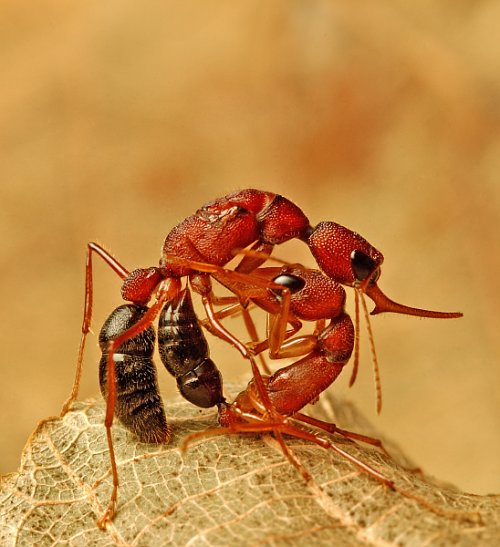
When I was a student of B.Sc. (Hons.) in Zoology at what was then called Central College in Bangalore, my professor, M.D. Parthasarathy established the Ethological Society of India (ESI) in 1970. This created some awareness and much excitement among many of us. We became aware of the work of Niko Tinbergen, Konrad Lorenz, Karl von Frisch, Jane Goodall and many others. The opportunity to attend the annual meetings of ESI and listen to presentations of research papers was an added source of inspiration. It is in this environment that I read King Solomon’s Ring and became a life-long admirer of animal behaviour. But I must confess that I painfully noticed the large gap in the quantity and quality of ethological research being pursued in India compared to Europe, USA and Japan.
Improvements since 1999
While working on this commentary on the current status of animal behaviour research in India, and how it has evolved over the last few decades, I realised that I do not have the time to conduct a detailed analysis. However, a unique opportunity presented itself. The 26th IEC was organised in India, in fact in Bengaluru, in 1999 by Shakuntala Sridhara, the then President of ESI. A comparison of the papers presented from India at the 1999 and 2025 Congresses might offer a glimpse of the progress we have made in the past two-and-a-half decades.
During the 26th IEC, Indian ethologists organised five symposia, and made 52 contributions which included three plenary talks, 17 invited symposia talks, 29 contributed talks and three posters. These were made by 73 authors drawn from 33 institutions spread across 13 states of India but heavily skewed to Karnataka (primarily Bengaluru). The themes of their contributions included acoustic communication, altruism, audio-motor control, behavioural ecology, division of labour, echolocation, foraging strategies, habitat selection, host-parasite interactions, insect-plant interactions, nest defence, olfaction, oviposition, pest and wildlife management, population ecology, predation, secondary sexual characters, sex-ratio, sexual selection, social behaviour, territoriality, tri-trophic interactions, and many more. The animals studied included silkworms, honeybees, wasps, frogs, snakes, waterfowl, bats, mice, wild dogs, leopards, langurs, and humans.
In the 38th IEC in 2025, by contrast, Indian ethologists have organised 11 symposia, and are making 182 contributions which include one keynote, one plenary, 45 invited symposia talks, 53 contributed talks and 82 posters. These are being made by 171 authors drawn from 39 institutions spread across 13 states of India, again heavily skewed to Karnataka (Bengaluru). The themes of their contributions include acoustic communication, aggression, allogrooming, antipredator behaviour, anthropogenic fear, behavioural ecology, behavioural plasticity, birdsongs, coevolution, competition, cognition, collective behaviour, colony-level fitness, dispersal, dog-human relationships, ethno-ornithology, food processing behaviour, foraging behaviour, gestural communication, grooming, human-animal conflicts, play behaviour, pollination, reproductive division of labour, roosting behaviour, scavenging strategies, thermal adaptation, vocalisation and many more.
The animals they study include ponerine ants and weaver ants, honey bees, bumble bees, wasps, termites, crickets, butterflies, social spiders, mantises, mosquitoes, chrysomelid beetles, coral reefs, egg-parasitoids, isopods, freshwater prawns, Deccan mahseers, zebrafish, cichlid fishes, rock lizards, anurans, crocodiles, house sparrows, starlings, Bengalese finches, lovebirds, raptors, budgerigars, dugongs, Eurasian Curlew, waterbirds, palm squirrels, free-ranging dogs, blackbuck, dolphins, Asian elephants, fruit bats, leopards, langurs, Hoolock gibbons, humans, and more.

In the two-and-a-half decades since the 1999 conference, ethology has clearly flourished in India as judged by the impressive increase in the numbers of authors, talks, symposia, institutions involved, the phenomena investigated, and animal species studied. Reading through the abstracts of the papers presented in the two conferences shows quite clearly that in addition to the quantity, the quality and sophistication of ethological research in India has markedly improved.
Read more: Study finds more animals showing same-sex behaviour, but also reveals stigmas in research
The spread of ethology is uneven and inadequate
It is troubling, however, that ethology has not spread more evenly across the country. The geographical spread of authors and institutions where ethology is pursued is still woefully inadequate; the slight increase is on account of some elite institutions being founded in some parts of the country. Traditional universities, colleges and schools are almost missing. Given the ease with which ethology can be pursued with modest grants and facilities, one would have hoped that many more, and especially smaller, less-endowed institutions and less well-funded scientists to have capitalised on the opportunity provided by ethology to do world-class research, in such a biodiversity rich country as ours. Every biology schoolteacher and every zoology college lecturer in the country has the potential of creating important knowledge, new to science, by exploring the insects, spiders, fish, frogs, snakes, birds and dogs in their backyard, while also training and inspiring their students. This has regrettably not happened.
It is important to explore the reasons for this failure. I can see at least three prominent factors.
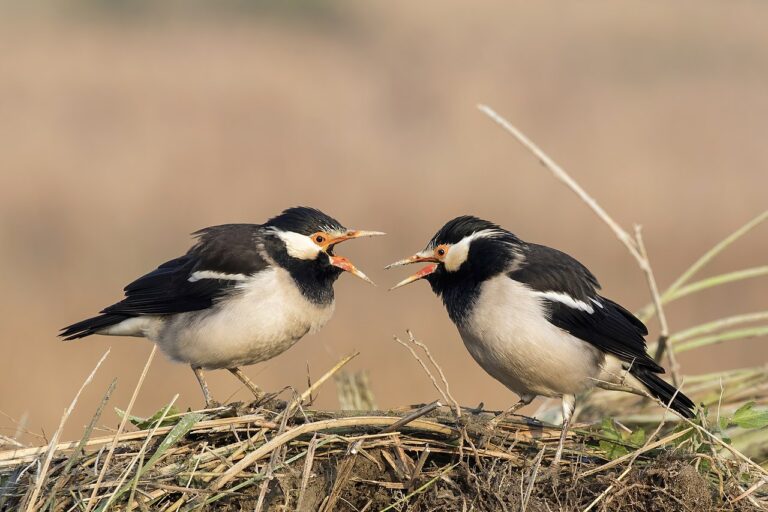
One is clearly the rise and onslaught of reductionist cell and molecular biology. No one can complain against the practice of these disciplines. What is objectionable is the simultaneous reduction in prestige and opportunities for ethology, especially of the classical variety. It is not so uncommon to hear the opinion that ethology and ecology are not really ‘science’. By denigrating a subject like ethology in this ignorant way, we are losing the opportunity to become world leaders in an internationally flourishing discipline.
Second, it is common to see 75-90% of the faculty positions to be devoted to sub-organismic biology while organismal biology, including ethology and ecology languish with a mere one or two faculty positions even in relatively large biology departments. Sometimes one gets the feeling that it is indeed the very real possibility that organismal biologists like ethologists and evolutionary biologists will be recognised as world leaders that creates prejudice against them in India.
Finally, there is a frequent tendency in India to disallow or severely restrict field work. In some of our most prestigious institutions faculty and students are expected to apply for leave of absence (which is meant for personal work) to go to their field sites and study their animals. And when the limited number of days of leave are exhausted, no more field work is permitted. Enforcing and succumbing to such ludicrous and counter-productive bureaucratic regulations nips the growth of many a world-class ethologist in the bud.
Ever an optimist, it is nevertheless, my fervent hope that the exciting programme lined up at the 38th IEC and the brilliant show of strength by Indian participants will help garner more respect and prestige for the discipline of ethology in India, leading to its more widespread practice.
The author is Secretary-General, International Council of Ethology and INSA Senior Scientist, Centre for Ecological Sciences, Indian Institute of Science.
Citation:
- Medawar PB, Medawar JS (1983) Aristotle to Zoos — A Philosophical Dictionary of Biology. Harvard University Press, Cambridge, Mass., USA.
- Lorenz K (1952) King Solomon’s ring: new light on animal ways. Routledge, London; New York.
- Sridhara S ed. (1999) Contributions to the XXVI International Ethological Conference Bangalore, India, 2-9 August 1999. Blackwell-Wiss.-Verl., Berlin.
- International Ethological Congress on Behaviour 2025. https://behaviourindia2025.in/index.html Accessed 15 November 2024
- Gadagkar R (1996) The Pains and pleasures of doing ethology in India. In: Ramamurthi R, Geethabali (eds.) Readings in Behaviour. New Age International Limited, Publishers, New Delhi., pp 1–13
- Gadagkar R (2021) Experiments in Animal Behaviour: Cutting-Edge Research at Trifling Cost. Indian Academy of Sciences, Bangalore.
Banner image: A pair of lion-tailed macaques engage in allogrooming. Image by UdayKiran28 via Wikimedia Commons (CC BY-SA 4.0).






